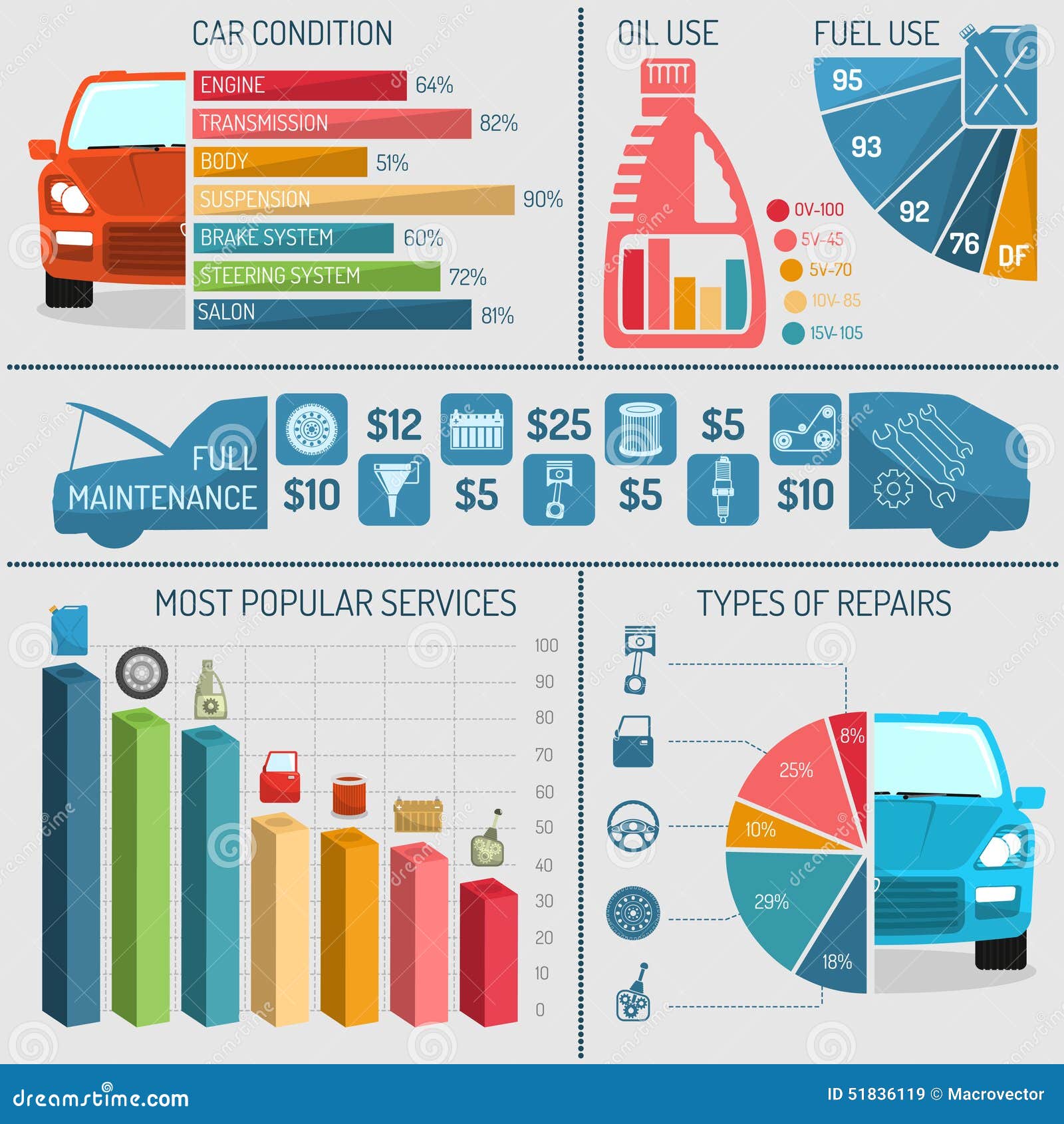Deciphering Real Meaning Behind Your Car'S Warning Lights
Deciphering Real Meaning Behind Your Car'S Warning Lights
Blog Article
Short Article Developed By-Wilkinson Crawford
When you're behind the wheel, those radiant caution lights on your dashboard can be a bit perplexing. Do you understand what they're attempting to inform you concerning your cars and truck's health and wellness? Comprehending the relevance of these lights is crucial for your security and the long life of your car. So, the following time one of those lights turns up, would not you wish to decode its message properly and take the needed actions to address it?
Common Caution Lights and Interpretations
Recognize typical warning lights in your automobile and recognize their definitions to guarantee safe driving.
The most regular warning lights consist of the check engine light, which signifies concerns with the engine or discharges system. If this light comes on, it's crucial to have your vehicle checked without delay.
The oil pressure warning light suggests low oil stress, needing immediate focus to avoid engine damages.
A flashing battery light may recommend a faulty billing system, potentially leaving you stranded if not dealt with.
The tire pressure surveillance system (TPMS) light notifies you to reduced tire pressure, influencing car stability and gas effectiveness. Overlooking this can bring about dangerous driving problems.
The abdominal muscle light shows a trouble with the anti-lock braking system, endangering your ability to quit rapidly in emergencies.
Last but not least, the coolant temperature cautioning light warns of engine getting too hot, which can lead to extreme damages if not solved quickly.
Understanding these usual warning lights will certainly aid you address problems immediately and preserve secure driving problems.
Importance of Prompt Attention
Recognizing the common warning lights in your cars and truck is just the primary step; the significance of promptly addressing these warnings can't be stressed sufficient to ensure your safety on the road.
When a warning light illuminates on your control panel, it's your cars and truck's means of connecting a possible concern that requires attention. Overlooking these cautions can lead to more serious issues later on, jeopardizing your safety and security and possibly costing you extra in repairs.
Motivate focus to warning lights can stop breakdowns and crashes. For instance, a flashing check engine light might indicate a misfire that, if left neglected, might cause damage to the catalytic converter. Resolving this without delay can conserve you from an expensive fixing.
In a similar way, a brake system alerting light might indicate low brake fluid or worn brake pads, critical elements for your safety when driving.
DIY Troubleshooting Tips
If you observe a warning light on your dashboard, there are a few DIY fixing suggestions you can try before looking for expert aid.
The initial step is to consult your automobile's guidebook to comprehend what the certain caution light indicates. Often read the full info here can be as basic as a loose gas cap causing the check engine light. Tightening up the gas cap may deal with the problem.
One more usual concern is a low battery, which can activate numerous cautioning lights. Examining the battery links for deterioration and guaranteeing they're secure could repair the problem.
If a warning light continues, you can try resetting it by separating the car's battery for a couple of minutes and then reconnecting it. Furthermore, examining your vehicle's fluid degrees, such as oil, coolant, and brake fluid, can aid repair advising lights related to these systems.
Read Much more
To conclude, recognizing your cars and truck's warning lights is necessary for keeping your automobile running smoothly and securely. By promptly resolving these signals and knowing what they imply, you can prevent costly fixings and possible break downs.
Remember to consult your vehicle's guidebook for specific information on each cautioning light and do something about it as necessary to guarantee a trouble-free driving experience.
Keep informed, stay secure when traveling!
